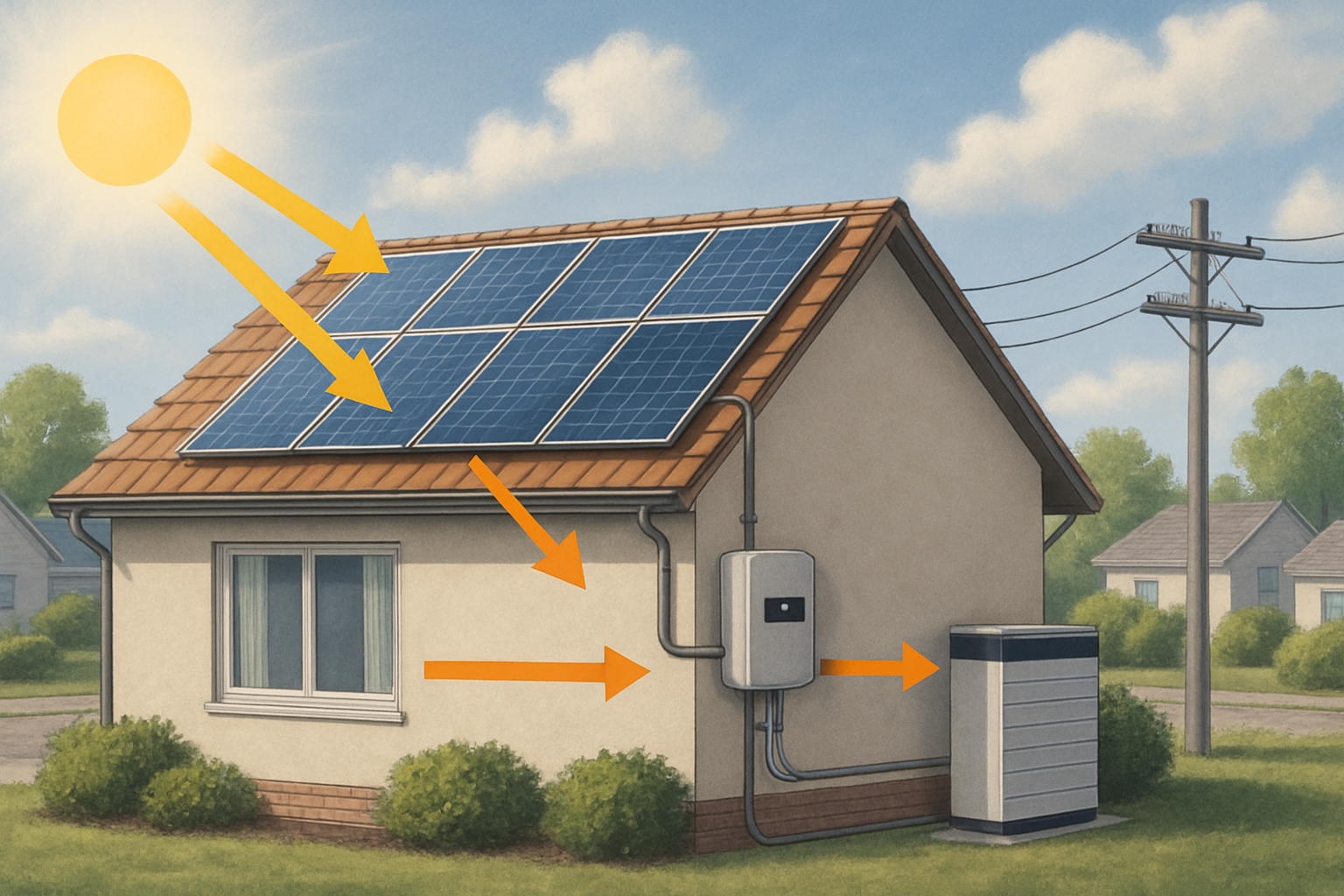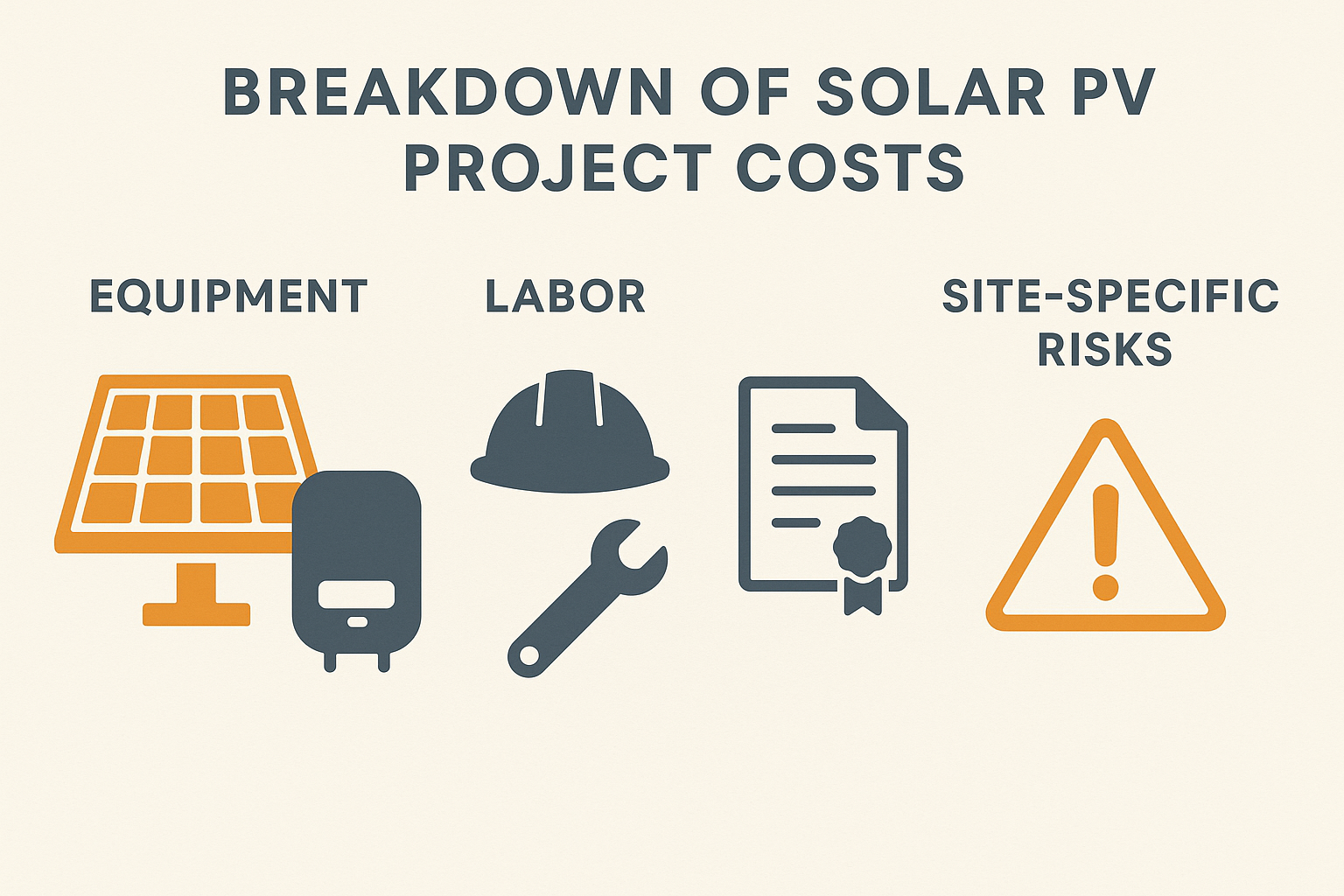Making decisions about solar energy systems involves looking at both the initial investment and the long-term benefits. A key consideration for many today is whether to adopt "battery-ready" photovoltaic (PV) designs. These designs prepare a solar setup for future energy storage integration. This approach raises an important question: do these designs primarily increase your upfront capital expenditure (Capex) or significantly enhance your return on investment (ROI)?
Our experience in the solar and energy storage industry spans many years. We focus on developing comprehensive energy solutions, including advanced lithium batteries, integrated energy storage systems, and off-grid solar solutions. We aim to provide reliable, scalable energy solutions that help you achieve energy independence. This article will examine the financial implications of battery-ready PV designs, offering practical insights for your solar investment.
The Foundation of Battery-Ready PV Designs
What "Battery-Ready" Truly Means
A "battery-ready" PV design means your solar installation includes specific components and wiring that simplify the addition of a battery storage system later. It is about foresight, not immediate installation. This typically involves selecting a hybrid inverter capable of managing both solar generation and battery charging/discharging. It also includes pre-wiring for battery connections and ensuring adequate space and structural support for future battery units. Investing in a battery-ready system reduces the complexity and cost of retrofitting storage later, making the transition smoother.
Key Components for Future Integration
For a solar system to be truly battery-ready, it needs certain core elements. A high-quality hybrid inverter is paramount, as it acts as the central brain, converting direct current (DC) from solar panels into alternating current (AC) for your home, and managing energy flow to and from a battery. Proper electrical conduits and disconnects are also crucial, ensuring safety and ease of connection when batteries are installed. Additionally, considering the physical space and environmental conditions for battery placement from the start prevents costly modifications down the line. Our World Energy Investment 2023 report by the IEA notes that early-stage equity funding for energy start-ups, including those in energy storage and batteries, saw significant increases, highlighting the ongoing innovation in this sector.
Initial Investment: Capex Considerations
Upfront Costs of "Battery-Ready"
Opting for a battery-ready solar system often means a slightly higher upfront capital expenditure compared to a traditional solar-only setup. This increase primarily comes from the selection of a hybrid inverter, which is generally more expensive than a standard string inverter. There might also be marginal costs for additional wiring and electrical components. However, this incremental cost is often a small fraction of the total system price. For instance, while the average LCOE (Levelised Cost of Electricity) for solar PV increased in Europe by 30% between early 2021 and late 2022, the absolute values remain low, and capital cost pressures are expected to ease.
Cost Trends in Solar and Storage
The solar and energy storage markets are dynamic. Solar PV investment has been setting new records each year, driven by strong performances globally. While module prices experienced a 20% increase in late 2022 due to market and labor tightness, they began to decline in early 2023 as input costs decreased and manufacturing capacity expanded. Similarly, advancements in lithium battery manufacturing, particularly for LiFePO4 batteries, are continuously driving down costs while improving performance and safety. This trend suggests that the premium for battery-ready components today will likely diminish over time, making future battery additions more economical.
Long-Term Returns: ROI through Battery Integration
Maximizing Self-Consumption and Energy Independence
The true value of a battery-ready design emerges when you integrate energy storage. Batteries allow you to store excess solar energy generated during the day and use it during evening peaks or when the sun isn't shining. This significantly increases your self-consumption, reducing reliance on grid electricity and potentially lowering your utility bills. Achieving greater energy independence is a core value we uphold, empowering customers to control their power supply. For homes, farms, or remote cabins, an off-grid solar solution combined with reliable battery storage offers complete autonomy.
Grid Services and Resilience Benefits
Beyond self-consumption, battery storage enables participation in various grid services, such as demand response programs, which can provide additional revenue streams or bill credits. More critically, a solar-plus-storage system offers enhanced resilience. During grid outages, your home can remain powered by stored solar energy, providing essential backup power. This is particularly valuable in areas prone to unreliable grid service or extreme weather events. The US Inflation Reduction Act, for example, includes tax credits for battery storage, further enhancing the financial viability of these systems.
Consider the following comparison of a standard PV system versus a battery-ready PV system and a full PV + Battery system:
| Feature | Standard PV System | Battery-Ready PV System | Full PV + Battery System |
|---|---|---|---|
| Initial Capex | Lowest | Slightly Higher | Highest |
| Energy Independence | Low (Grid-tied) | Low (Grid-tied, potential for future) | High |
| Outage Protection | None (unless specific inverter) | None (potential for future) | Excellent |
| Self-Consumption | Moderate (during daylight) | Moderate (during daylight) | High |
| Future Upgrade Cost | High (retrofit needed) | Low (pre-wired) | N/A (already integrated) |
| Long-Term ROI Potential | Good | Very Good (with future battery) | Excellent |

Strategic Planning for Future Energy Needs
Assessing Your Energy Profile
Before committing to a battery-ready design, assess your current and projected energy consumption patterns. Do you have high evening energy usage? Are you frequently affected by power outages? Understanding your energy profile helps determine the optimal size and type of battery storage you might eventually need. This foresight ensures that your battery-ready investment aligns with your specific requirements and maximizes its value.
Phased Implementation and Scalability
One of the significant advantages of a battery-ready design is the flexibility of phased implementation. You can install the solar PV system now, benefiting from immediate energy savings, and add the battery storage component later when your budget allows or when battery technology advances further. Our integrated ESS solutions are designed with scalability in mind, allowing you to expand your storage capacity as your needs evolve. This approach spreads the investment over time while securing the future potential of your solar asset.
Charting Your Energy Future
A battery-ready PV design represents a forward-thinking investment in your energy future. While it may entail a slightly higher initial capital outlay compared to a basic solar installation, the long-term return on investment is substantial. By enabling seamless integration of energy storage, these designs unlock greater energy independence, enhanced resilience, and potential financial benefits through optimized energy usage. The ongoing innovation in the solar and battery sectors continues to make these integrated solutions more accessible and efficient. As clean energy spending is projected to rise significantly by 2030, with a substantial portion coming from the private sector, preparing your system for storage is a prudent step. You are not just installing solar panels; you are building a flexible, robust energy system ready for tomorrow's challenges and opportunities.





Leave a comment
All comments are moderated before being published.
This site is protected by hCaptcha and the hCaptcha Privacy Policy and Terms of Service apply.